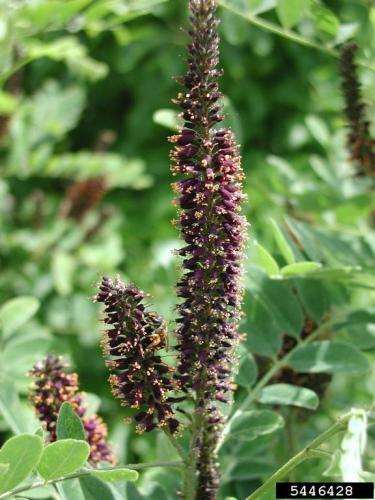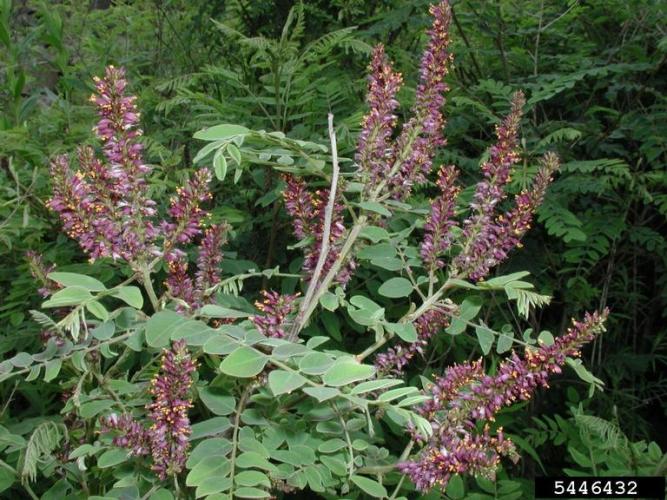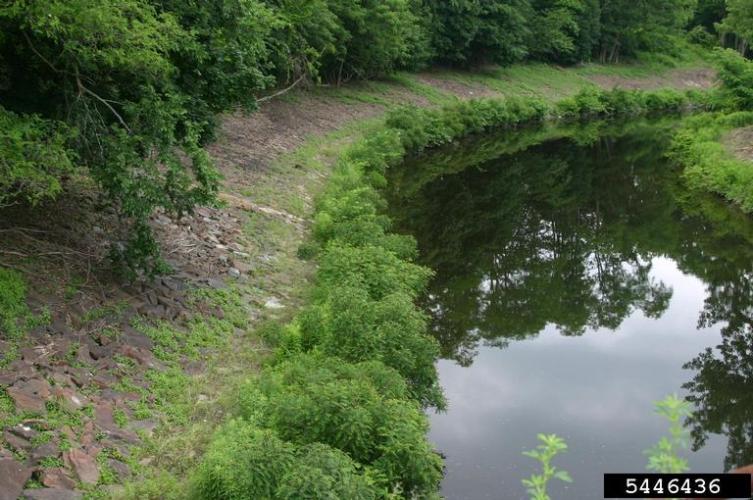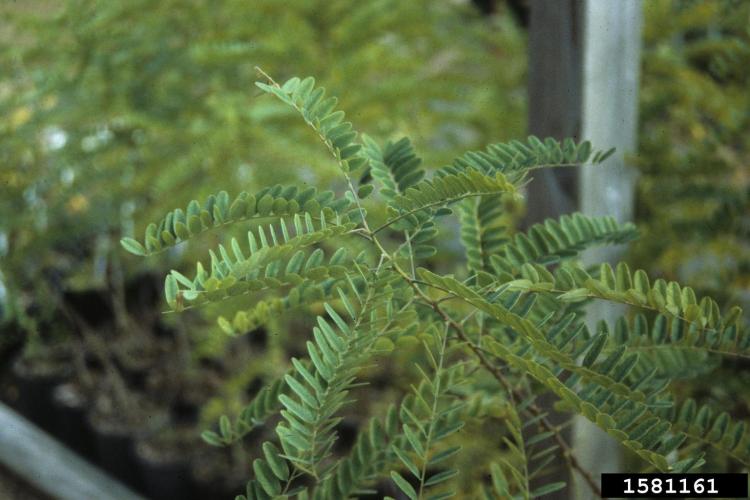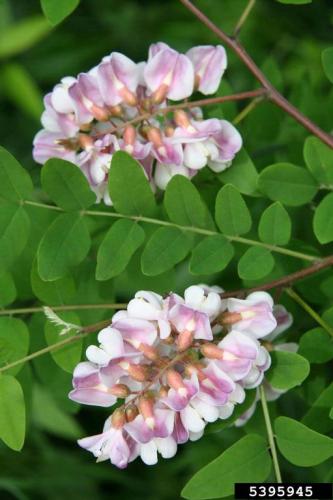False Indigo
Identification
Appearance
Indigobush (Amorpha fruticosa) is a shrub that can grow as tall as 20 feet high and its width is typically twice its height. The branches are firm and woody and the twigs are green and hairy. The flowers are terminal on the branches in erect racemes. The fruit is about 0.25 inch long, curved, with resinous dots and contains two seeds each.
Foliage
Alternate, pinnately compound, to 10 inches long, 13 to 35 leaflets per leaf, each leaflet elliptical with an entire margin and on a petiole, 1 to 2 inches long, dull green above and light green below, usually glabrous, a slender stipule is present with young leaves.
Flowers
Borne on tall (up to 6 inches), slender spikes at the ends of the twigs, deep purple-blue with long bright orange or yellow anthers, appearing mid-summer, opening from base to tip.
Fruit
Best described as tiny cucumbers, bright green and drying to brown, from 0.25 to 0.5 inches long.
Biology
This is considered a watch list species.
Ecological Threat
Amorpha fruticosa can tolerate nutritionally poor soils, most notably because of its association with nitrogen fixing bacteria. It also makes a good highway shrub because of its tolerance for salt. It has the potential to crowd out native species, especially along waterways above the high water level.
Origin
Native to southwestern states
Habitat
Edge, wetland, lake or pond, open disturbed area, river or stream, roadside, yard or garden. In New England, Amorpha fruticosa is typically found along riverbanks, flood plains, tidal zones and other areas associated with water. It can occasionally be found in moist open woods. It is also found planted along highways in some sections of southern New England.
Vermont Distribution
Citations
Photo Credit
5446428, 5446436, 5446432, Leslie J. Mehrhoff, University of Connecticut, Bugwood.org
5395945, Robert Vidéki, Doronicum Kft., Bugwood.org
1581161, John Ruter, University of Georgia, Bugwood.org
Information Credit
Invasive Plant Atlas of New England
Department of Ecology State of Washington
